Text
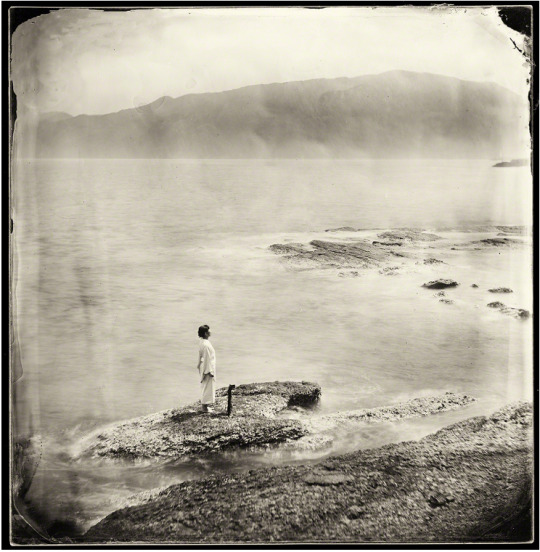
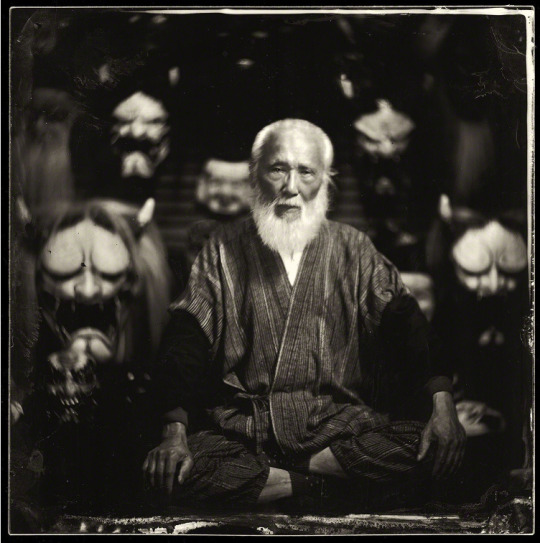





Cultural explorer, writer, and photographer Everett Kennedy Brown's hauntingly beautiful glass-plate images of the Izumo and Iwami regions of Shimane Prefecture in western Japan, a place of myth and mystery.
8 notes
·
View notes
Text
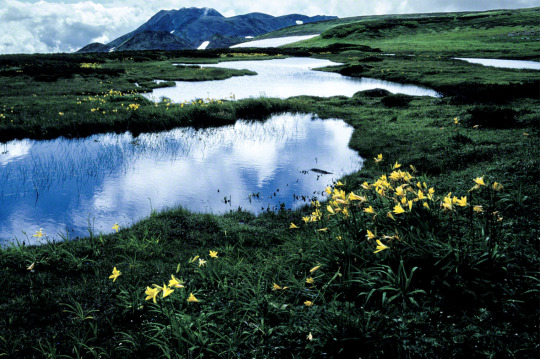

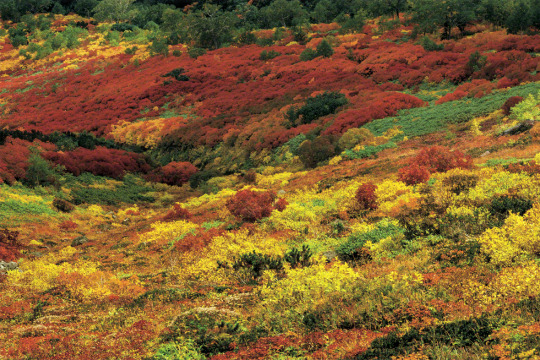


Mountains in Hokkaidō. Photos by Mizukoshi Takeshi.
14 notes
·
View notes
Text
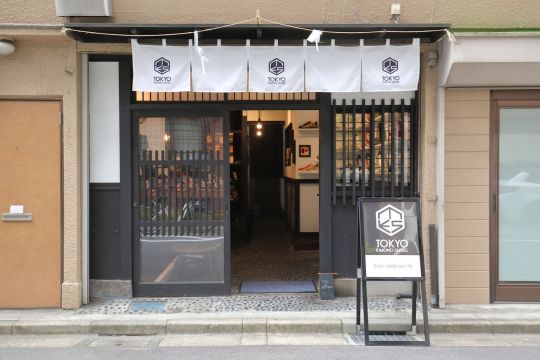


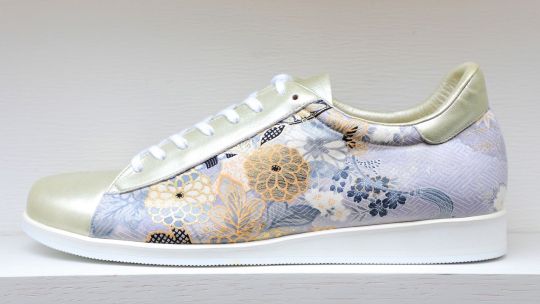

Tokyo Kimono Shoes in Asakusa saves second-hand kimono from the trash heap by tailoring them into fashionable, one-of-a-kind footwear.
Click to read article:
From Fine Robes to Footwear: Sneakers Made with Recycled Kimono Fabric
152 notes
·
View notes
Text






Japan’s northern island of Hokkaidō through the lens of photographer Mizukoshi Takeshi.
12 notes
·
View notes
Text
A day at the races.
Boat Race Heiwajima.
Bet a couple 100 yen.
Broke even at the end of the day.
7 notes
·
View notes
Text

The intrigues of the Ōoku, the shōgun’s famed “inner chambers” located inside the walls of Edo Castle, have long captivated the public imagination. Containing the living quarters of women serving Tokugawa rulers, it played a vital role in ensuring stability through a system fulfilling the political need for successors.
In later interviews, servants who worked in the Ōoku described what went into a shōgun choosing to spend the night with a concubine—a rite known figuratively as “entering the bedroom.” Far from passionate affairs, these rendezvous called for careful preparations on the part of the concubine and attendants.
Step 1: Request by the shogun
The shōgun would first inform an elderly female attendant called an otogibōzu that he wished to visit the Ōoku. He would presumably also mention which of his concubines he desired to meet.
Step 2: The concubine prepares
The chosen concubine would change into a white kimono and dress her hair, holding it in place with a kushi (comb) rather than the customary hairpin, which like all potentially dangerous items were prohibited in the shogunal bedchamber.
Step 3: Entering the tsugi no ma
Dressed, a concubine would then move to the tsugi no ma, an antechamber adjacent to the bedroom, accompanied by a personal attendant of the shōgun called an ochūrō, who would search her for forbidden items. These examinations were quite thorough, including probing the hair, which the concubine would then have to reset.
Step 4: Entering the bedchamber
The shōgun would be waiting when his concubine entered the onjōdan, a narrow, raised area of his personal apartment that served as the bedchamber. Personal attendants, the otogibōzu, and otoshiyori (the elder who ran the Ōoku) remained on guard nearby even after the couple settled down to their conjugal duties. This was to head off any attempt by the concubine to secure favors of the shōgun in the heat of the moment, such as a promise to make a male offspring the heir apparent.
Step 5: Reporting to the highest authority of the Ōoku
In the morning, the elder would make her customary report of the previous evening’s activities to the head of the Ōoku. If a pregnancy resulted from the encounter, this too would be closely monitored.
Photo: A scene from the Meiji-era graphic magazine Fūzoku Gahō depicting the sitting room inside the shōgun’s Ōoku apartment. Courtesy the Kokugakuin University Library.
23 notes
·
View notes
Text


Kasuga Taisha's famous lanterns are lit only twice a year, for the Setsubun Mantōrō in early February and the Chūgen Mantōrō on August 14–15, while those in the Fujinami-no-ya Hall glimmer year round.
26 notes
·
View notes
Text
The Izumo and Iwami regions of Shimane Prefecture through the lens of photographer Everett Kennedy Brown.
5 notes
·
View notes
Text
youtube
Lacquerware artisan Ōnishi Isao handles every phase of his painstaking work, from collecting sap from the urushi trees to adding pigments to the refined lacquer to applying coat after coat of urushi to lacquerware pieces.
“They call me a living national treasure, but I’m just a craftsman."
11 notes
·
View notes
Text
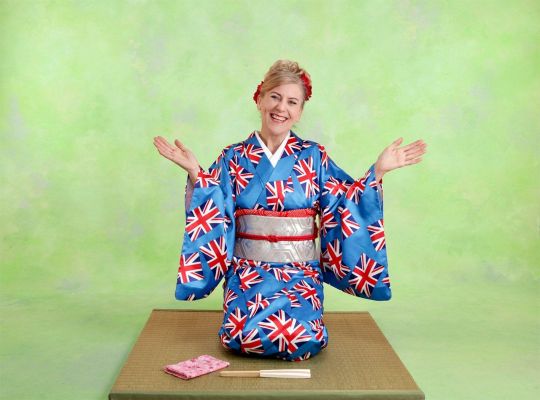
British rakugoka Diane Kichijitsu shares her Japanese language journey.
13 notes
·
View notes
Text

A scarlet dwarf dragonfly, known in Japan as hacchōtonbō, compared to a ¥1 coin. This one was recently spotted in Wakayama Prefecture.
Males are red and black and females yellowish-brown tint. They inhabit rice fields and wetlands in higher elevations. Adults are a mere 20 millimeters in length, making them one of the smallest species of dragonfly on the planet.
7 notes
·
View notes
Photo



Engawa are Japanese-style verandas that are similar to a hallway, although their purpose is less clearly defined. The two main types are nureen, or “open” style on the outside of the house, and kureen, or “closed” versions on the inside. They act like a buffer between the outside and indoors, letting in light and fresh air, making them great places to sit and relax.
Engawa blogger Naruse Natsumi hunts for the architectural features, which are rapidly disappearing as the needs of modern homeowners change.
58 notes
·
View notes
Text
It turns out that oni , the villains of many Japanese fairy tales, have a rather sordid and fascinating history.
17 notes
·
View notes
Photo
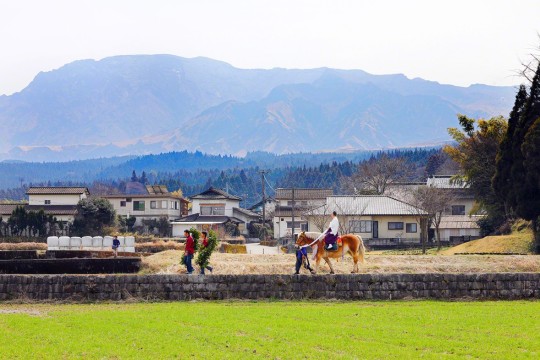
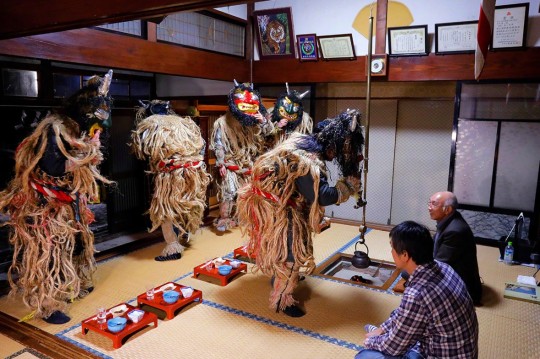

Images of Japanese festivals by photographer Haga Hinata.
1. The Tatsukuri festival of Aso Shrine in Kumamoto Prefecture, held in March each year, promises a good harvest through a wedding ceremony for deities.
2. The Akina Arasetsu ritual on the island of Amami Ōshima (Kagoshima Prefecture), which is held during the lunar calendar month of August, is a harvest festival that preserves the original form of the Japanese performing arts.
3. During the traditional namahage ritual held in the Oga region of Akita Prefecture, creatures called oni bring good luck by visiting homes and admonishing the lazy.
33 notes
·
View notes
Text
Photographer Hayashi Michiko takes us on a journey in search of ōkami, the Japanese wolf.
25 notes
·
View notes
Photo




May is tea-picking season in Japan. Some growers in Sayama, a major tea-producing area in Saitama Prefecture, have set up a Japanese cypress deck, the Tea Field Terrace, among a sprawling plantation. Individuals or groups can rent the space, where they can enjoy different varieties of freshly brewed ocha while taking in the view and even try their hand at picking leaves.
30 notes
·
View notes
Photo


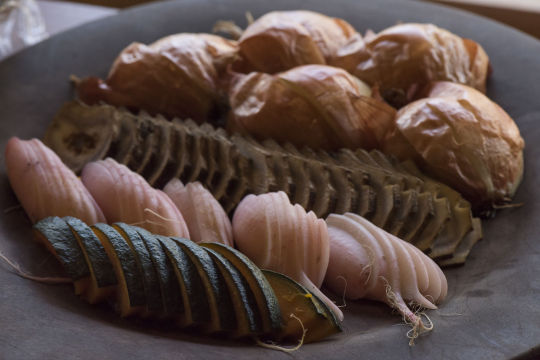




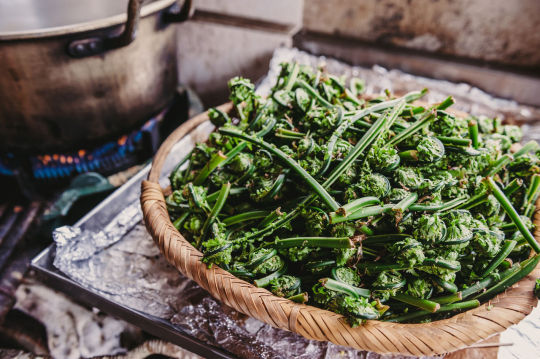
Scenes of traditional Japanese breakfast.
11 notes
·
View notes